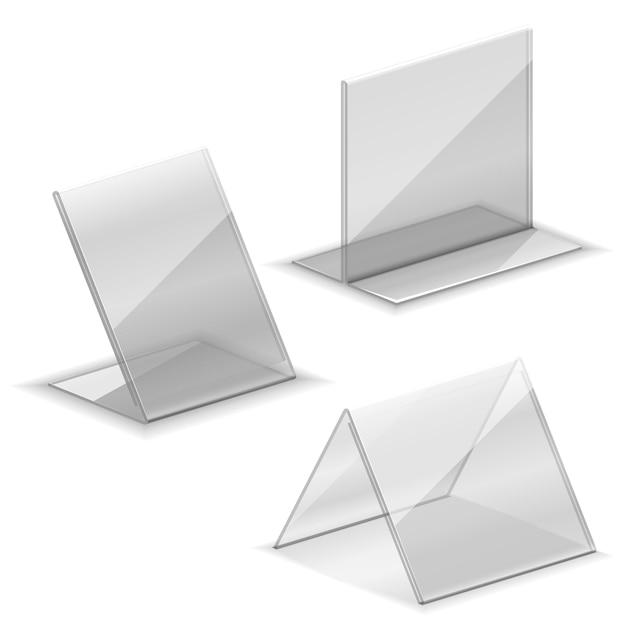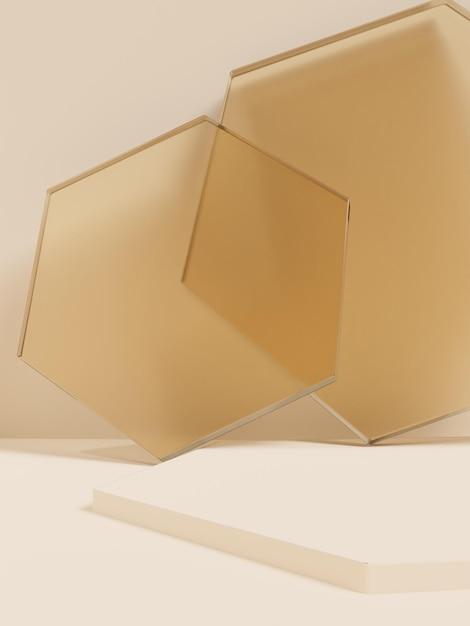Acrylic, also known as Plexiglass, is a popular material used for various applications, including windows, display cases, and signs. However, when it comes to its insulation properties, many people are left wondering whether Plexiglass can effectively keep the cold winter winds at bay or retain the cool air during the scorching summer months.
In this blog post, we will explore the insulating capabilities of Plexiglass and delve into questions such as whether it is a good thermal insulator, how it compares to other materials like Lexan, and how well it holds up in outdoor conditions. Additionally, we will also discuss the concept of Low E glass insulation and examine whether Plexiglass is truly energy efficient. So, let’s dive in and uncover all there is to know about the R-value of Plexiglass!

What is the R-value of plexiglass?
Understanding the R-value
If you’ve ever wondered about the insulation properties of plexiglass, you’re not alone. The R-value is a common measurement used to determine the thermal resistance of different materials. It tells us how well a particular material can resist the flow of heat. While plexiglass is not typically used as a primary insulator, it still has some minor insulating properties worth exploring.
Plexiglass and the Insulation Game
When it comes to insulation, plexiglass is not exactly at the top of the charts. Its R-value is relatively low compared to other materials like fiberglass or foam insulation. In fact, it’s more commonly used as a substitute for traditional glass due to its durability, lightweight nature, and shatter-resistant qualities.
A Closer Look at the Numbers
The R-value of plexiglass typically ranges from 0.79 to 0.91 per inch (2.01 to 2.31 cm) of thickness. Now, I know what you’re thinking – those numbers don’t exactly scream “top-notch insulation.” And you’re right! It’s important to keep in mind that plexiglass is often used for applications where insulation is not the primary concern.
Plexiglass: The Multi-talented Material
While plexiglass may not be the superhero of insulation, it does offer other impressive qualities. Its transparency allows for ample natural light transmission, making it a popular choice for windows, skylights, and even protective barriers in high-traffic areas. Plus, its impact resistance is truly something to marvel at.
Where Plexiglass Shines
In terms of insulation, plexiglass truly shines brightest when used in combined systems or as secondary glazing. When added as an extra layer to existing windows or insulating glass units, it can enhance their overall thermal performance. Just think of it as adding a cozy sweater to your already snuggly winter outfit.
The Final Verdict
While plexiglass may not have the highest R-value on the block, it still provides valuable benefits in certain applications. Its versatility, durability, and clarity make it a valuable material in various industries. So, if you’re looking for a material that offers more than just insulation, plexiglass might just be the answer to your decorating, safety, or protective needs.
So, there you have it – a glimpse into the world of plexiglass and its somewhat modest R-value. Now you’re armed with a little more knowledge to guide your plexiglass adventures. Remember, when it comes to insulation, every material has its own role to play, even if it’s not always in the spotlight.

FAQ: What is the R-value of plexiglass?
Is acrylic a good thermal insulator
Acrylic, also known as plexiglass, is not the best thermal insulator. It has a lower R-value compared to other materials commonly used for insulation. While acrylic can provide some level of insulation, it is not as effective as materials like fiberglass or foam.
Is Lexan a good insulator
Lexan, a type of polycarbonate plastic, is a better insulator than acrylic. It has a higher R-value and offers better thermal insulation properties. If you’re looking for improved insulation, Lexan may be a better choice over plexiglass.
How well does plexiglass hold up outside
Plexiglass is known for its durability and resistance to weathering, making it suitable for outdoor use. It can withstand exposure to sunlight, rain, and temperature variations without significant damage. However, over time, it may experience some yellowing or loss of transparency due to UV exposure.
What is Low E glass insulation
Low E (Low Emissivity) glass refers to glass that has a special coating designed to reduce heat transfer. This coating helps to keep warmth inside during cold months and blocks heat from entering during hot months. While plexiglass does not have this specific coating, it can still provide some level of insulation.
Is plexiglass energy efficient
While plexiglass does offer some level of insulation, it is not as energy efficient as materials specifically designed for insulation purposes. It can help reduce heat transfer to a certain extent but may not provide the same level of energy efficiency as double-paned glass windows or other advanced insulation materials.
Are acrylic windows energy efficient
Acrylic windows can provide some energy efficiency benefits, such as insulation and reducing heat transfer. However, their efficiency level may not be as high as double-paned glass windows with Low E coatings. If energy efficiency is a top priority, you may want to consider other window options.
What temperature does plexiglass melt
Plexiglass has a melting point around 320°F (160°C). It is important to keep this in mind when using plexiglass near heat sources or in environments with high temperatures. Exposing plexiglass to temperatures above its melting point can cause it to warp or deform.
Can you use plexiglass to insulate windows
Plexiglass can be used as an additional layer of insulation for windows. By creating an airtight seal and adding a layer of plexiglass over existing windows, you can reduce heat transfer and improve insulation. However, it should be noted that plexiglass alone may not provide the same level of insulation as double-paned windows or other advanced insulation methods.
Is plexiglass a good insulator
While plexiglass offers some level of insulation, it is not the most efficient insulating material available. Compared to materials like foam or fiberglass, plexiglass has a relatively low R-value. However, it can still provide some insulation benefits, especially when used as an additional layer for windows or in combination with other insulation methods.
What’s the difference between acrylic and plexiglass
Acrylic and plexiglass are often used interchangeably, but there is no practical difference between the two. Plexiglass is a brand name for acrylic, similar to how Kleenex is a brand name for facial tissues. Both refer to the same material: a transparent thermoplastic known for its strength and versatility.
How cold can plexiglass get
Plexiglass can withstand extremely cold temperatures without becoming brittle or cracking. It has a low freezing point and can handle temperatures well below freezing, making it suitable for use in colder climates. However, it is always important to consider the specific application and conditions when using plexiglass in extreme cold.
Which is better, Lexan or plexiglass
Lexan and plexiglass are both durable and versatile materials, but they have some differences. Lexan, being a polycarbonate, tends to be stronger and more impact-resistant than plexiglass. On the other hand, plexiglass offers better optical clarity and is less prone to scratching. The choice between the two depends on your specific needs and preferences.
What is the disadvantage of acrylic
While acrylic has many benefits, including optical clarity, durability, and versatility, it does have a few disadvantages to consider. One disadvantage is that it can be more prone to scratching compared to other materials. Additionally, acrylic may yellow or become hazy over time due to prolonged UV exposure.
How long will plexiglass last outside
When properly cared for, plexiglass can last for many years outside. Its resistance to weathering and high durability allows it to withstand various outdoor conditions. However, exposure to UV radiation over an extended period can cause some yellowing or loss of transparency.
Why is plexiglass so expensive
The cost of plexiglass can be higher compared to other materials due to its manufacturing process and properties. Creating plexiglass involves multiple steps, including extrusion and polymerization, which contribute to its higher production costs. Additionally, plexiglass offers specific features like transparency and impact resistance, further increasing its price.
How insulating is acrylic
Acrylic, while not the most insulating material available, does provide some level of insulation. It can help reduce heat transfer and act as a barrier against cold temperatures. However, if you require higher levels of insulation, there are other materials specifically designed for that purpose.
Does plexiglass get hot in the sun
Plexiglass can get hot in direct sunlight, similar to other materials exposed to the sun’s rays. Its properties allow it to absorb heat, which can cause the surface temperature to rise. If you’re concerned about heat buildup, you may consider using shading or reflective coatings to minimize the effects of direct sunlight.
Are there different grades of plexiglass
Yes, there are different grades of plexiglass available, each designed for specific applications. These grades may vary in terms of strength, clarity, impact resistance, and other properties. It is essential to select the appropriate grade of plexiglass based on your desired characteristics and the intended use.
Which is more energy efficient, glass, or plexiglass
When it comes to energy efficiency, glass with Low E coatings is generally more efficient than plexiglass. Low E glass is specifically designed to improve insulation and reduce heat transfer. However, plexiglass can still provide some level of energy efficiency, especially when used as an additional layer or combined with other insulation methods.
Can you freeze plexiglass
Plexiglass can withstand freezing temperatures without any issues. Its low freezing point allows it to remain stable and maintain its structural integrity in extremely cold conditions. Whether it’s used outdoors or in cold storage applications, plexiglass is a reliable material that can handle freezing temperatures without concern.
Is plexiglass good for windows
Plexiglass can be a viable option for windows, especially when durability and impact resistance are important factors. It offers transparency, versatility, and weather resistance, making it suitable for various window applications. However, it’s essential to consider factors such as insulation requirements and local building codes when choosing plexiglass for windows.
How thick should a plexiglass window be
The appropriate thickness of a plexiglass window depends on several factors, including the size of the window, the intended application, and any specific requirements for insulation or impact resistance. Thicker plexiglass generally offers better insulation and impact resistance, but it is best to consult with a professional or refer to building codes to determine the ideal thickness for your specific needs.
Hopefully, these FAQs have answered your questions about the R-value of plexiglass and its insulation properties. While plexiglass can provide some level of insulation and is suitable for various applications, it may not offer the same level of energy efficiency as specialized insulation materials. Consider your specific requirements and consult with professionals to determine the most suitable option for your needs.